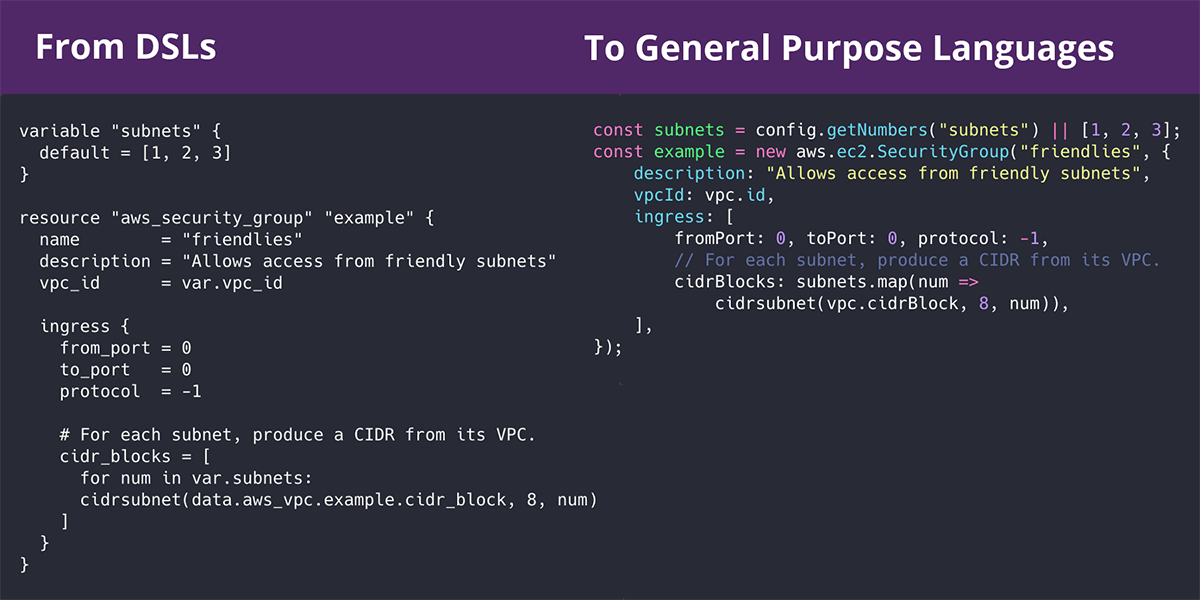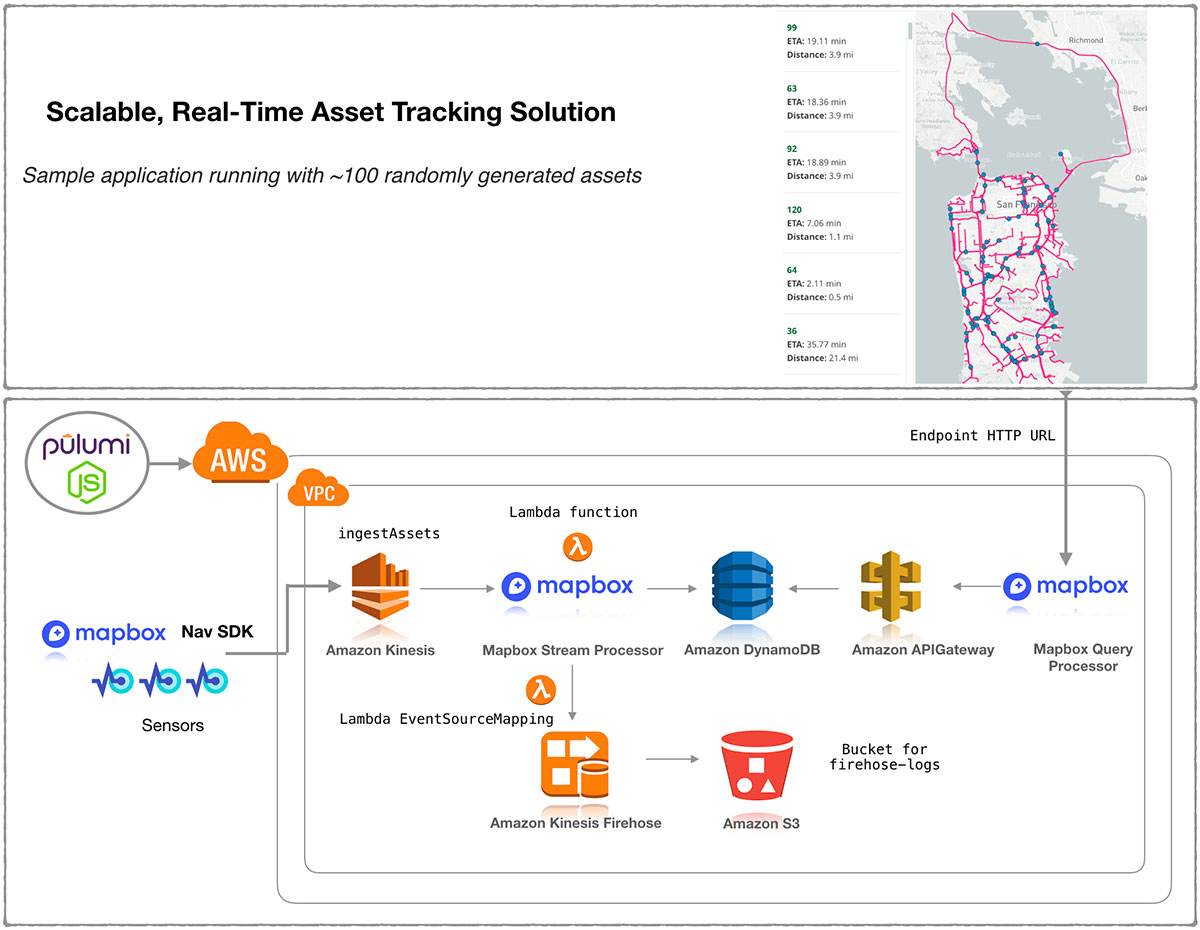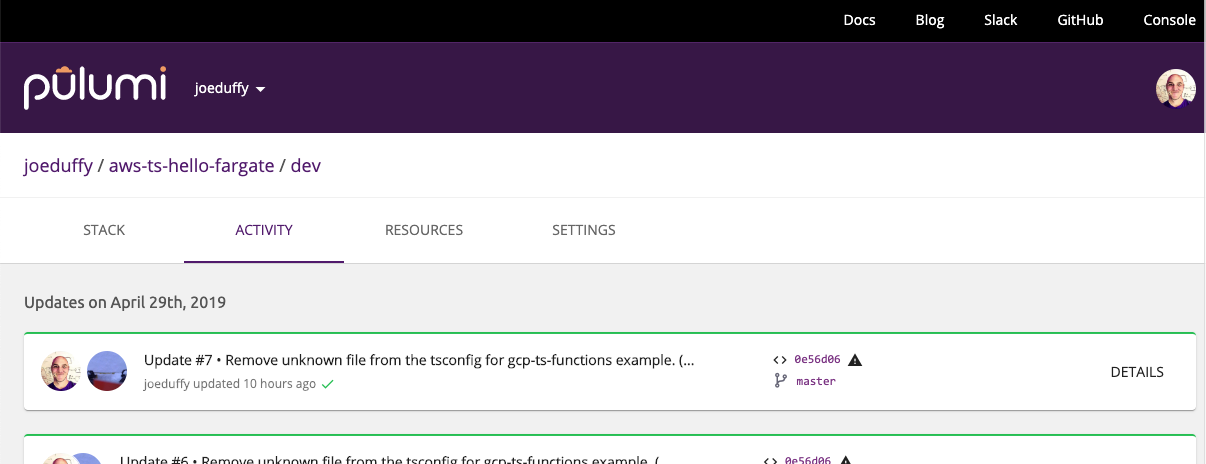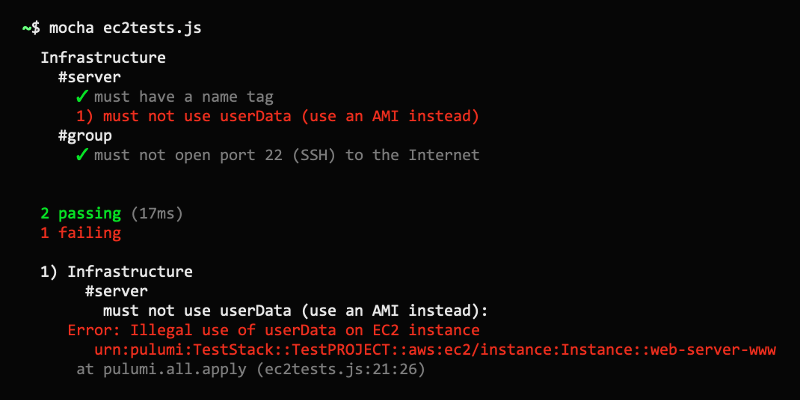
Here at Pulumi, we love programming the cloud using infrastructure as
code. From the project’s outset, we’ve been inspired by technologies
like Terraform, AWS CloudFormation, and Helm, and in fact leverage the
Terraform Providers ecosystem, to support a broad range of clouds,
including AWS, Azure, and Google Cloud.
Just recently, we extended this
with first class support for Kubernetes. Pulumi delivers the same
infrastructure as code workflows only using general purpose languages
like JavaScript, TypeScript, Python, and Go, extending robust
infrastructure provisioning with abstraction and reuse, highly
productive tooling, and access to all the other things we already know
and love about programming languages.
In this article, we will convert existing Terraform configuration to
Pulumi TypeScript. By doing so, we’ll see how using general purpose
programming languages can help you create simpler, more flexible
infrastructure as code, with greater productivity and less repetition.
The infrastructure we’ll be working with describes a load-balanced web
server hosted by an AWS EC2 instance per availability zone with an
option to allow SSH access. Of course, these same benefits would also
accrue were we to target Azure, Google Cloud, or Kubernetes instead.
Read more →






